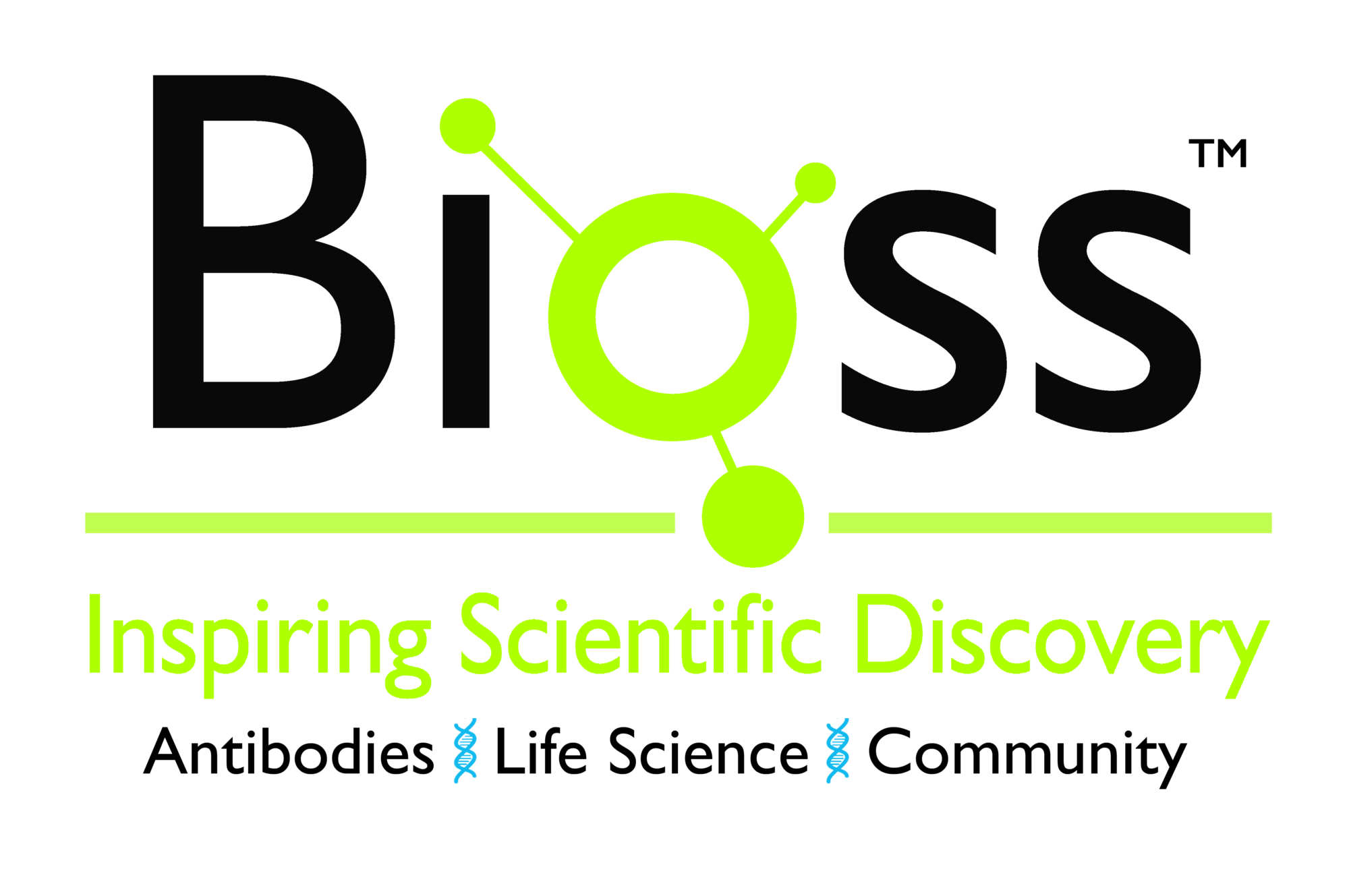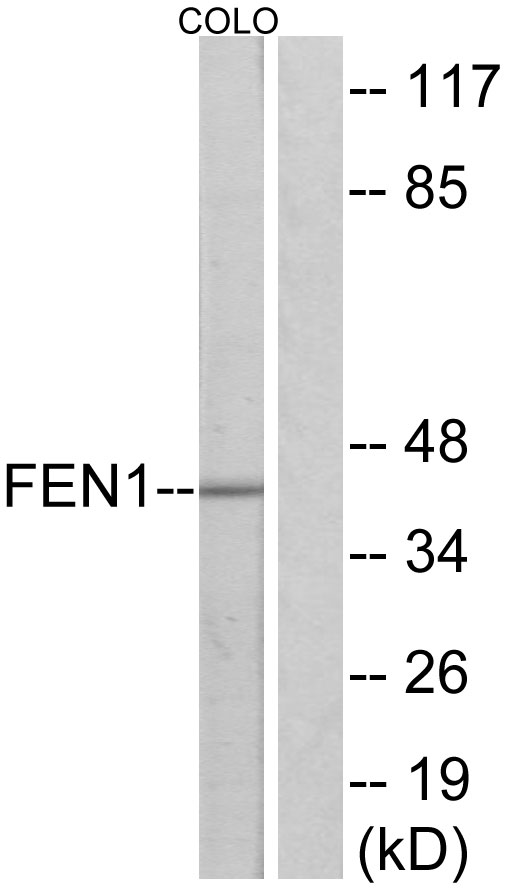FEN1 antibody
GTX101777
ApplicationsImmunoFluorescence, ImmunoPrecipitation, Western Blot, ImmunoCytoChemistry, ImmunoHistoChemistry, ImmunoHistoChemistry Paraffin, Other Application
Product group Antibodies
ReactivityHuman, Mouse, Rat
TargetFEN1
Overview
- SupplierGeneTex
- Product NameFEN1 antibody
- Delivery Days Customer9
- Application Supplier NoteWB: 1:500-1:3000. ICC/IF: 1:100-1:1000. IHC-P: 1:100-1:1000. IP: 1:100-1:500. *Optimal dilutions/concentrations should be determined by the researcher.Not tested in other applications.
- ApplicationsImmunoFluorescence, ImmunoPrecipitation, Western Blot, ImmunoCytoChemistry, ImmunoHistoChemistry, ImmunoHistoChemistry Paraffin, Other Application
- CertificationResearch Use Only
- ClonalityPolyclonal
- Concentration0.2 mg/ml
- ConjugateUnconjugated
- Gene ID2237
- Target nameFEN1
- Target descriptionflap structure-specific endonuclease 1
- Target synonymsFEN-1, MF1, RAD2, flap endonuclease 1, DNase IV, maturation factor-1
- HostRabbit
- IsotypeIgG
- Protein IDP39748
- Protein NameFlap endonuclease 1
- Scientific DescriptionThe protein encoded by this gene removes 5 overhanging flaps in DNA repair and processes the 5 ends of Okazaki fragments in lagging strand DNA synthesis. Direct physical interaction between this protein and AP endonuclease 1 during long-patch base excision repair provides coordinated loading of the proteins onto the substrate, thus passing the substrate from one enzyme to another. The protein is a member of the XPG/RAD2 endonuclease family and is one of ten proteins essential for cell-free DNA replication. DNA secondary structure can inhibit flap processing at certain trinucleotide repeats in a length-dependent manner by concealing the 5 end of the flap that is necessary for both binding and cleavage by the protein encoded by this gene. Therefore, secondary structure can deter the protective function of this protein, leading to site-specific trinucleotide expansions. [provided by RefSeq]
- ReactivityHuman, Mouse, Rat
- Storage Instruction-20°C or -80°C,2°C to 8°C
- UNSPSC12352203
References
- Ma Y, Yang Y, Xin J, et al. RNA G-Quadruplex within the 5'-UTR of FEN1 Regulates mRNA Stability under Oxidative Stress. Antioxidants (Basel). 2023,12(2). doi: 10.3390/antiox12020276Read this paper
- Zeng X, Qu X, Zhao C, et al. FEN1 mediates miR-200a methylation and promotes breast cancer cell growth via MET and EGFR signaling. FASEB J. 2019,33(10):10717-10730. doi: 10.1096/fj.201900273RRead this paper
- Szczesny B, Marcatti M, Zatarain JR, et al. Inhibition of hydrogen sulfide biosynthesis sensitizes lung adenocarcinoma to chemotherapeutic drugs by inhibiting mitochondrial DNA repair and suppressing cellular bioenergetics. Sci Rep. 2016,6:36125. doi: 10.1038/srep36125Read this paper




![ICC/IF analysis of 4% PFA-fixed HeLa cells using GTX66841 FEN1 antibody [7H8]. Dilution : 1:400](https://www.genetex.com/upload/website/prouct_img/normal/GTX66841/GTX66841_20190305_ICCIF_w_23061221_171.webp)